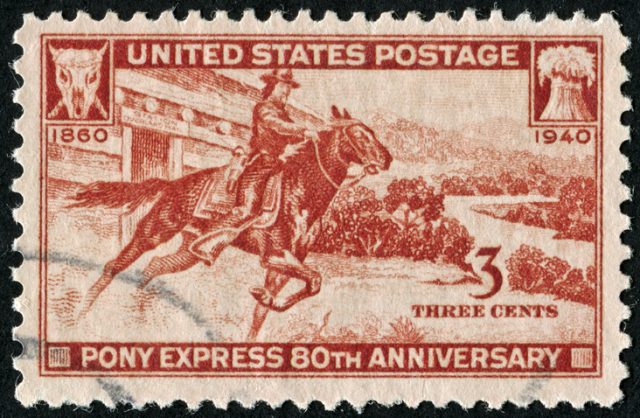We are living in the age of digital where we research, socialize, get the news, work, and purchase online.
With so much happening online, direct mail may seem like a relic of the past.
However, while the origins can be traced back thousands of years, direct mail today is a vibrant marketing channel.
So how did direct mail get its start?
Believe it or not, direct mail has roots dating back thousands of years. The earliest known example of direct mail dates back to ancient Egypt, where scribes would send papyrus messages to citizens announcing various governmental decrees and public events.
The Rise of Postal Services
Fast forward to the 17th and 18th centuries, and the establishment of formal postal services in countries such as England and the United States revolutionized the way people communicated.
The origins of the USPS can be traced back to colonial times when mail delivery was largely decentralized and managed by individual colonies or colonies themselves.
In 1775, Benjamin Franklin was appointed as the first Postmaster General by the Continental Congress, marking the birth of the postal system in the United States.
Throughout the 19th century, the USPS underwent significant expansion and innovation, spurred by advancements in transportation and communication technology.
The introduction of steam-powered trains and the telegraph revolutionized mail delivery, allowing for faster and more reliable service across the country.
The iconic Pony Express, which operated from 1860 to 1861, further exemplified the USPS’s commitment to expedited mail delivery, covering a distance of over 1,800 miles in just ten days.

With the introduction of postage stamps and standardized rates, sending letters and packages became more accessible to the general public, paving the way for the widespread adoption of direct mail as a marketing tool.
The First Junk Mail
While direct mail is often associated with marketing and promotions, its history also includes a dark side: junk mail.
The term “junk mail” was coined in the early 20th century to describe unsolicited and often unwanted promotional materials sent via mail.
Interestingly, the first recorded instance of junk mail dates back to 1864 when an enterprising salesman sent unsolicited circulars to potential customers offering dental services.
Technological Advancements
The 20th century brought about significant advancements in printing technology and data processing, further fueling the growth of direct mail as a marketing medium.
The introduction of offset printing, personal computers, and data analytics tools enabled marketers to produce targeted, personalized mailings on a mass scale, increasing the effectiveness and efficiency of direct mail campaigns.
Direct Mail in the Digital Age
With the advent of the internet and digital marketing channels, some predicted the demise of direct mail as a marketing tactic. However, direct mail has proven to be remarkably resilient, adapting to the changing landscape by integrating digital technologies and data-driven strategies.
Today, direct mail campaigns often complement online marketing efforts, providing a tangible and memorable touchpoint in an increasingly virtual world.
In fact, the United States Postal Service (USPS) delivers billions of pieces of mail each year, making it one of the largest mail carriers in the world.
High Engagement Rates
Contrary to popular belief, direct mail boasts impressive engagement rates that rival or even surpass those of digital channels. Direct mail has a higher open rate of 80-90%, whereas email has 20-30%. This high level of engagement can be attributed to the tactile nature of direct mail, which creates a physical connection with recipients and makes them more likely to respond.
Personalization Pays Off
In today’s era of data-driven marketing, personalization is key to success, and direct mail is no exception. Some 71% of consumers feel that direct mail is more personal than online digital communication.
By leveraging customer data and segmentation techniques, marketers can tailor their direct mail campaigns to specific demographics, interests, and purchasing behaviors, increasing the likelihood of conversion and driving higher ROI.
A Green Choice
Contrary to popular belief, direct mail can be an environmentally friendly marketing option. Many direct mail materials are produced using recycled paper and environmentally sustainable printing practices.
Additionally, advances in digital printing technology have made it possible to produce direct mail materials on demand, reducing waste and minimizing environmental impact. When done responsibly, direct mail can be a green choice for businesses looking to connect with customers in a meaningful way.
Direct mail may have a long and storied history, but its relevance in today’s marketing landscape cannot be overlooked. From its ancient origins to its modern-day applications, direct mail continues to evolve and adapt.
So, the next time you receive a piece of direct mail, take a moment to appreciate its rich history and enduring impact.
For more information and ideas for your direct mail campaigns or to get started today, contact Welcome Wagon! Founded in 1928 to welcome new movers to their community, Welcome Wagon is committed to connecting businesses with local residents in the community.



